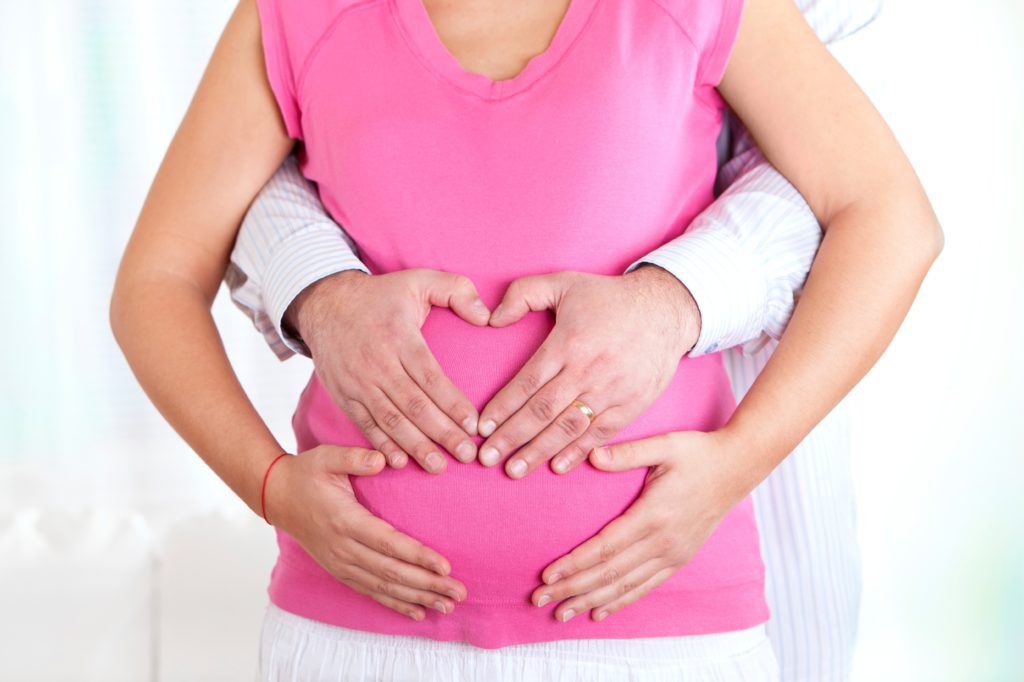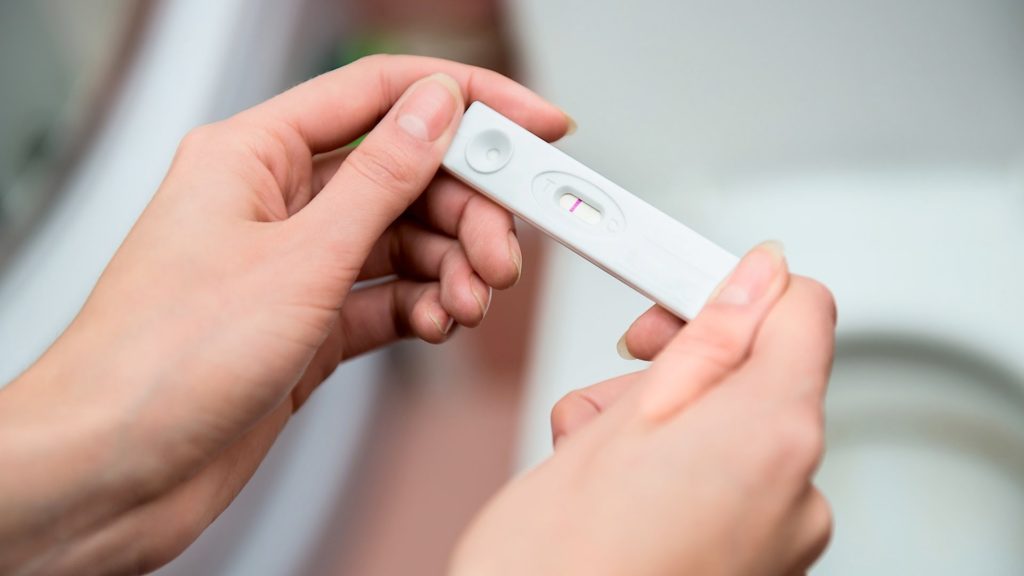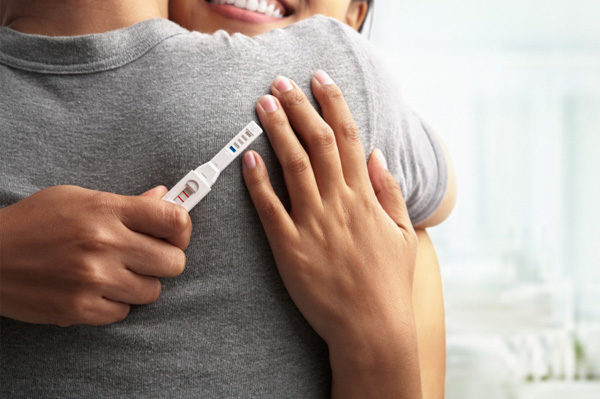Fertility depends on many factors, and if it is impossible to act on some, one can, on the other hand, have one small action on others. By favoring certain practices or avoiding others, it is possible to optimize the quality of male and female gametes or to promote the encounter between the oocyte and the spermatozoa, or so many parameters that can play on the chances of pregnancy. Know, however, that there is no method to guarantee 100% pregnancy.
1. Do not wait too long
Current society tends to reduce the age of first pregnancy from year to year. At the biological level, however, it is a datum that does not vary: fertility declines with age. The maximum between 25 and 29 years, it decreases slowly and gradually between 35 and 38 years, and more rapidly after this deadline. Thus at age 30, a woman wishing to have a child has a 75% chance of succeeding after one year, 66% at age 35, and 44% at age 40. Male fertility also decreases with age.

2. Schedule reports at the time of ovulation
Any pregnancy begins with the encounter between an oocyte and a spermatozoon. However, this oocyte is only fertilizable within 24 hours of ovulation. To maximize the chances of pregnancy, it is therefore essential to detect this “fertility period.” On regular cycles, ovulation occurs on the 14th day of the cycle, but there are wide variations from one woman to another and from one cycle to another. For purposes of conception, it is, therefore, advisable to detect the date of ovulation with one of its techniques: temperature curve, observation of the cervical mucus, ovulation tests.
Specialists recommend having intercourse at least every other day around this period and even before it because sperm can remain fertilized in the female genital tract for three to five days. They will thus have time to go up to the tubes to encounter; eventually, the oocyte is released during ovulation. Be careful, though: this good timing does not guarantee the occurrence of a pregnancy. On each cycle, the probability of pregnancy having had sexual intercourse at the moment is only 15 to 20%.

3. Eliminate factors detrimental to fertility
In our lifestyle and environment, many factors affect fertility. Accumulated in a “cocktail effect,” they can decrease the chances of pregnancy. As far as possible, therefore, it is vital to eliminate these different factors, especially since most are harmful to the fetus once the pregnancy is established.
- Tobacco could lower female fertility by more than 10-40% per cycle. In humans, it would alter the number and mobility of spermatozoa.
- Alcohol can cause irregular and non-ovulatory cycles and increase the risk of miscarriage, while in humans, it alters spermatogenesis.
- Stress plays on the libido and triggers the secretion of different hormones that can have an impact on fertility. At high stress, the pituitary gland secretes prolactin, a hormone that, at too high a level, can disrupt ovulation in women and humans, lead to libido, impotence, and Oligospermia.

4. Practices, such as mindfulness, help to fight stress
Excess caffeine may increase the risk of miscarriage, but studies remain discordant on the subject. As a precaution, however, it seems reasonable to limit coffee consumption to two cups per day. Many other environmental factors and lifestyles are suspected to affect fertility: pesticides, heavy metals, waves, intensive sport, and so on.

5. Have a balanced diet
Diet also has a role to play regarding fertility. In the same way, it is proved that excess weight, or on the contrary, exceptional thinness can alter fertility. In The Great Book of Fertility, Dr. Laurence Levy-Dutel, gynecologist, and nutritionist, advises to pay attention to its various points to preserve its fertility:
- Favor low-glycemic (GI) foods because repeated hyperinsulinemia would harm ovulation
- Reducing animal proteins to the benefit of plant proteins
- Increase dietary fiber intake
- Ensure its iron intake
- Reduce trans fatty acids, potentially harmful to fertility
- Consume whole dairy products once or twice a day
- According to a recent American study, Daily intake of a multivitamin supplement during the design period may reduce the risk of miscarriage by 55%. Beware, however, of self-prescription: in excess, certain vitamins can prove to be harmful. It is therefore advisable to take advice from a professional.

6. Make love in the right position
No study has been able to show the benefit of this or that position. Empirically, however, it is advisable to privilege the positions where the center of gravity plays in favor of the path of the spermatozoa towards the oocyte, like the position of the Missionary. Similarly, some specialists recommend not to get up straight after intercourse, or even to keep the pelvis raised by a cushion.

7. Having an orgasm
It is also controversial and difficult to verify scientifically, but feminine orgasm may have a biological function. According to the “up suck” theory, uterine contractions triggered by orgasm cause a phenomenon of aspiration of the sperm through the cervix.


